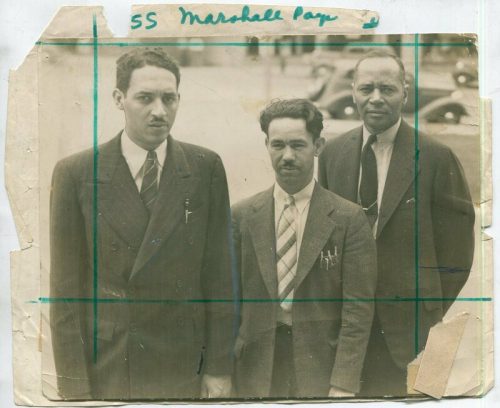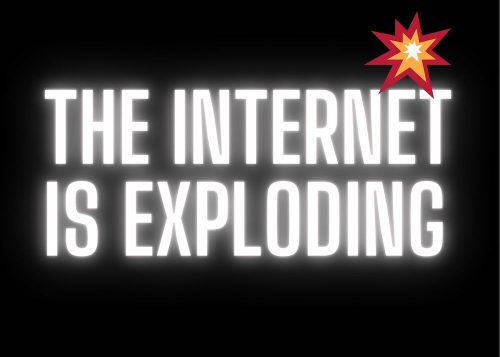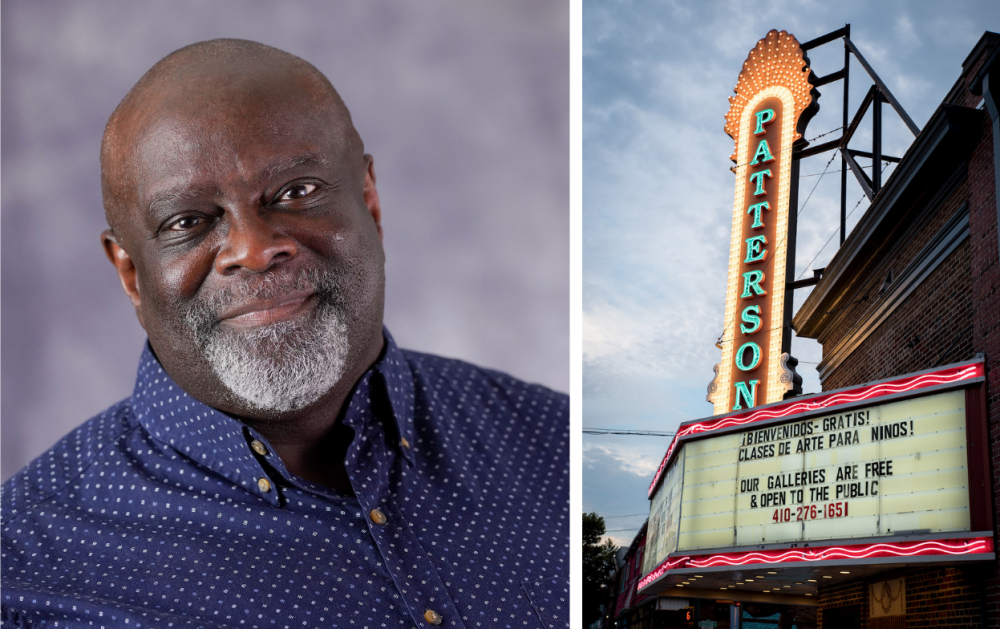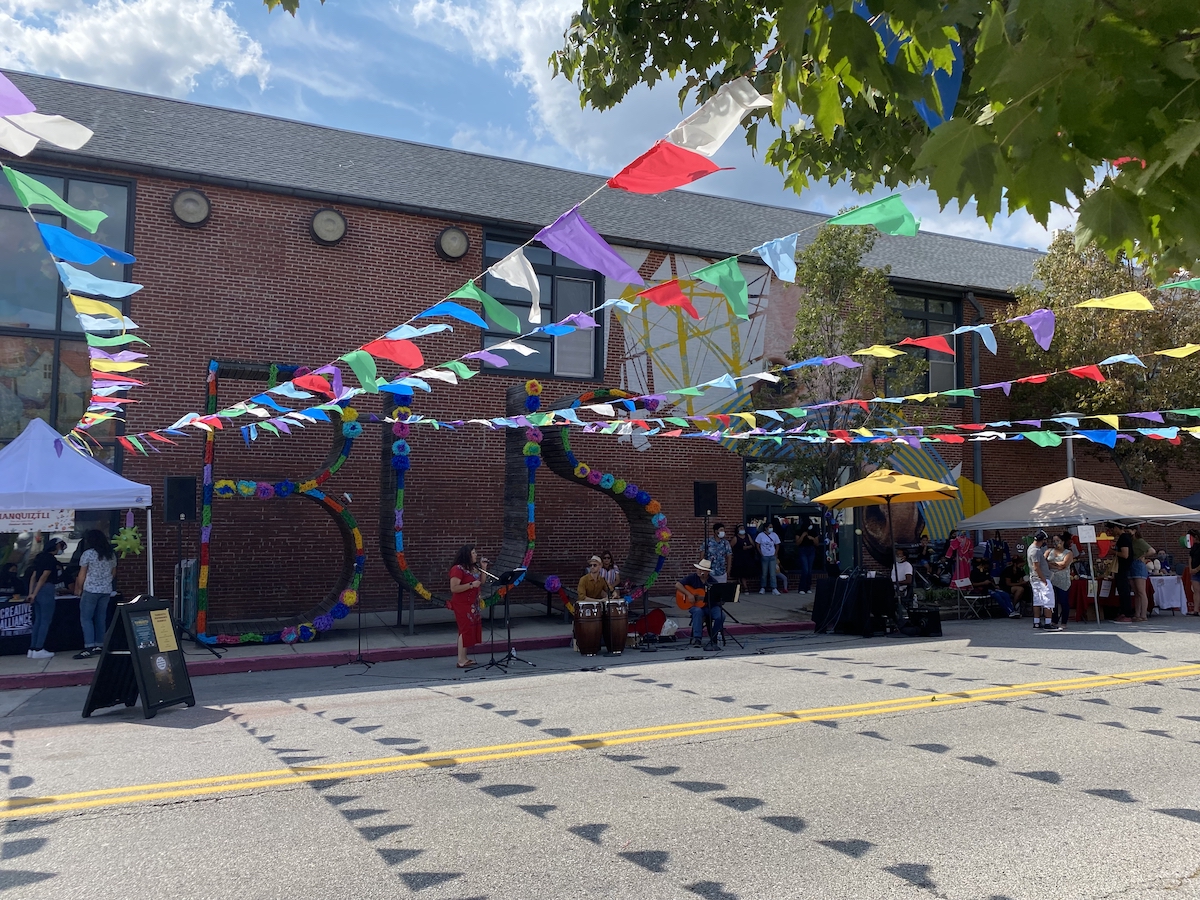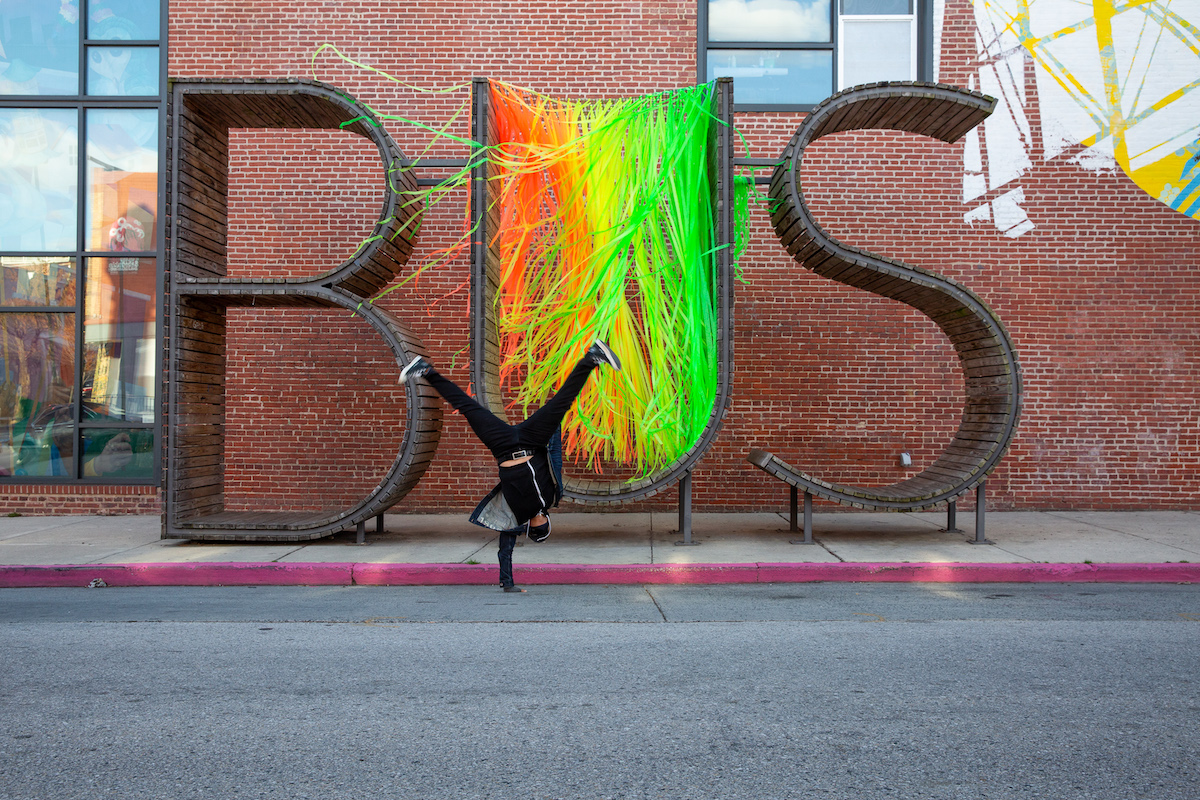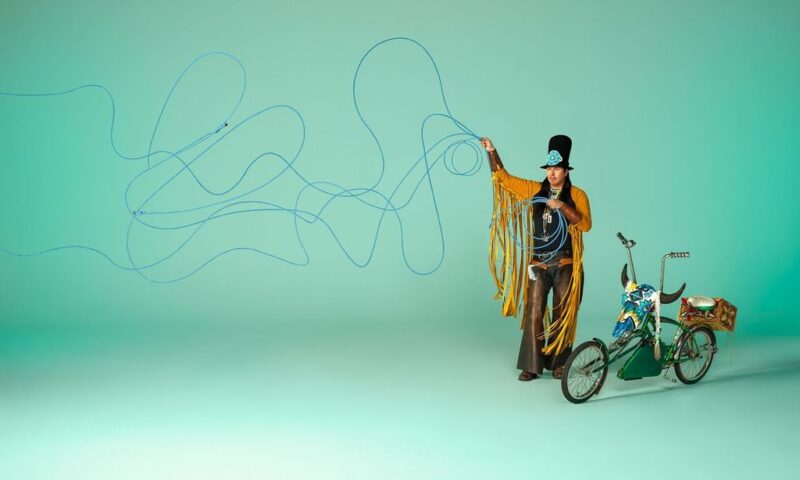Creative Alliance’s new director, Gregory S. Smith, understands his audience. “No arts organization exists on its own. It has to have people to support it, who are passionate about what they’re seeing, who are seeing themselves being reflected in the work,” Smith says.
After almost a year’s search, Creative Alliance announced its new executive director this week. Just a few days ago, Smith drove from Saint Paul, Minnesota, to Baltimore to take the reins of the art space and community center in Highlandtown.
Smith brings with him two decades of experience in arts nonprofit and business management, including fundraising and executive operations as well as arts programming and education. He most recently worked at Minnesota Public Radio for seven years, producing events at the Fitzgerald Theater and other community spaces. (MPR sold the Fitzgerald in 2018.)
In an interview, Smith says Baltimore’s creativity and ingenuity reminds him of the Twin Cities, which he describes as “a very rich arts center” housing an array of small DIY operations to large institutions. Smith had only been to Baltimore a couple of times in the past, and interviewing for this role at Creative Alliance allowed him to see more than the touristy parts. One of his first goals as executive director, he says, is to get to know Baltimore and the neighborhood of Highlandtown, to “develop a sense of that community feel.”
